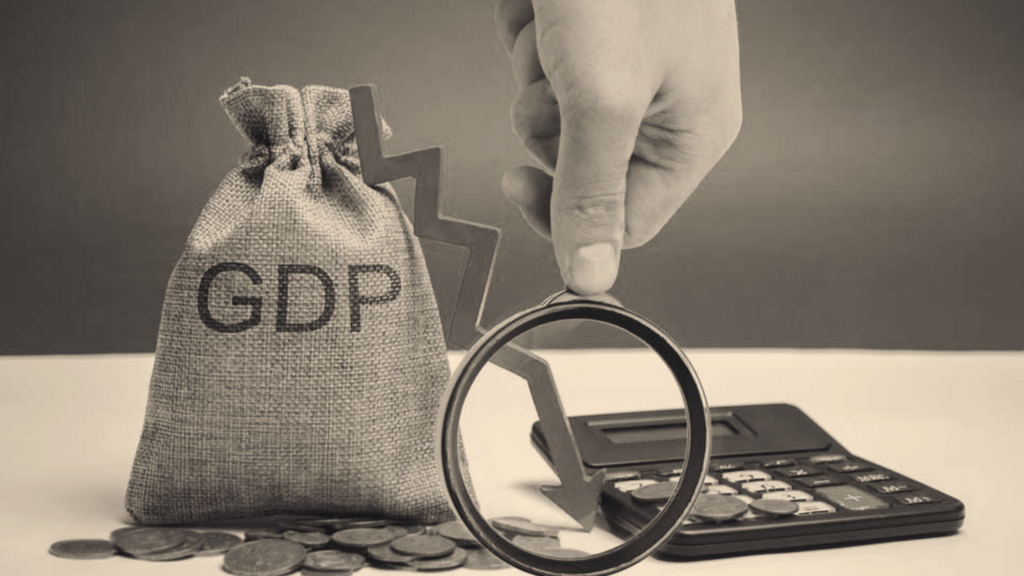In 2020-21, the COVID-19 pandemic led to a global economic slowdown, and India was no exception.
The government has maintained its GDP growth forecast at 6.4% for the fiscal year 2024-25. The Ministry of Statistics released these figures on Tuesday, January 7.
A year ago, in fiscal year 2023-24, this figure was 8.2%. The forecast for GDP growth has been lowered due to potential declines in manufacturing and investment growth.
In fiscal years 2022, 2023, and 2024, India’s GDP growth was recorded at 9.7%, 7%, and 8.2%, respectively. This indicates that GDP growth has remained above 7% for the past four years. However, this is the first time it may fall below 7%.
GDP Decline Due to Slowdown in Manufacturing Sector
The Gross Value Added (GVA) data suggests a potential slowdown in the manufacturing sector, with growth expected to decrease from 9.9% last year to 5.3%. Investment growth has also been disappointing, with a decrease from 9% last year to 6.4%.
Crisil’s Chief Economist, Dharmakirti Joshi, mentioned that the slowdown in the second quarter, reduced fiscal stimulus, high interest rates, and tight lending norms may result in India’s GDP growth dropping to 6.4% from 8.2% in the previous fiscal year.
India Remains the Fastest Growing Economy Among Major Nations
Despite the slower GDP growth, India remains the fastest-growing economy among major economies.
Though the first half of fiscal year 2025 is expected to be sluggish, the ministry hopes that growth will continue in the second half due to increased agricultural and industrial activities, as well as rural demand.
China’s GDP Growth at 4.6%, Japan’s at 0.9%, India’s at 6.6%
In the July-September quarter of this fiscal year, China’s GDP growth stood at 4.6%, while Japan’s GDP grew by 0.9%. The Reserve Bank of India has predicted a 6.6% growth for India.
What is GDP and How Does it Reflect the Health of the Economy?
GDP is one of the most common indicators used to track the health of an economy. It represents the value of all goods and services produced within a country during a specific time period. It also includes production by foreign companies operating within the country’s borders.
Two Types of GDP
There are two types of GDP: Real GDP and Nominal GDP. Real GDP is calculated based on the value of goods and services at constant prices from a base year, which is currently 2011-12. Nominal GDP, on the other hand, is calculated based on current prices.
How is GDP Calculated?
The formula used to calculate GDP is: GDP = C + G + I + NX, where C represents private consumption, G represents government spending, I represents investment, and NX represents net exports.
Factors Affecting GDP Growth
Four important factors influence GDP growth:
- Private Consumption: The more individuals spend, the more it contributes to the economy.
- Private Sector Business Growth: This contributes 32% to GDP.
- Government Spending: Government expenditure on goods and services contributes 11% to GDP.
- Net Demand: The difference between exports and imports. Since India imports more than it exports, this has a negative impact on GDP.


